In today’s fast-paced manufacturing world, plastic molding plays a crucial role in shaping the products we use daily. From injection-molded phone cases to blow-molded bottles and packaging trays, plastic molding processes are behind a wide variety of products that meet the needs of industries ranging from automotive to consumer goods. However, not all plastics are created the same, and different materials, shapes, and production volumes require different molding methods. Understanding the various plastic molding techniques is vital when designing parts that need to meet precise requirements for strength, durability, and appearance.
At YJCPolymer, we understand the complexity of selecting the right plastic molding process for your project. As a leading supplier and manufacturer specializing in custom services and one-stop solutions, we are here to guide you through the process of choosing the best technique to achieve optimal results. This blog will delve into the most commonly used plastic molding techniques, the materials involved, and the best practices for selecting the right method for your product needs.
What is Plastic Molding?
Plastic molding is a manufacturing process used to shape plastic materials into specific forms by melting and forcing them into a mold. The process involves heating plastic until it becomes pliable, injecting it into a mold cavity, and allowing it to cool and solidify. Once the plastic has taken the shape of the mold, it is ejected, and the cycle can be repeated to produce additional parts. The key advantages of plastic molding include the ability to produce complex shapes with fine details, high production speeds, and a wide range of materials that can be used, from flexible elastomers to rigid engineering plastics.
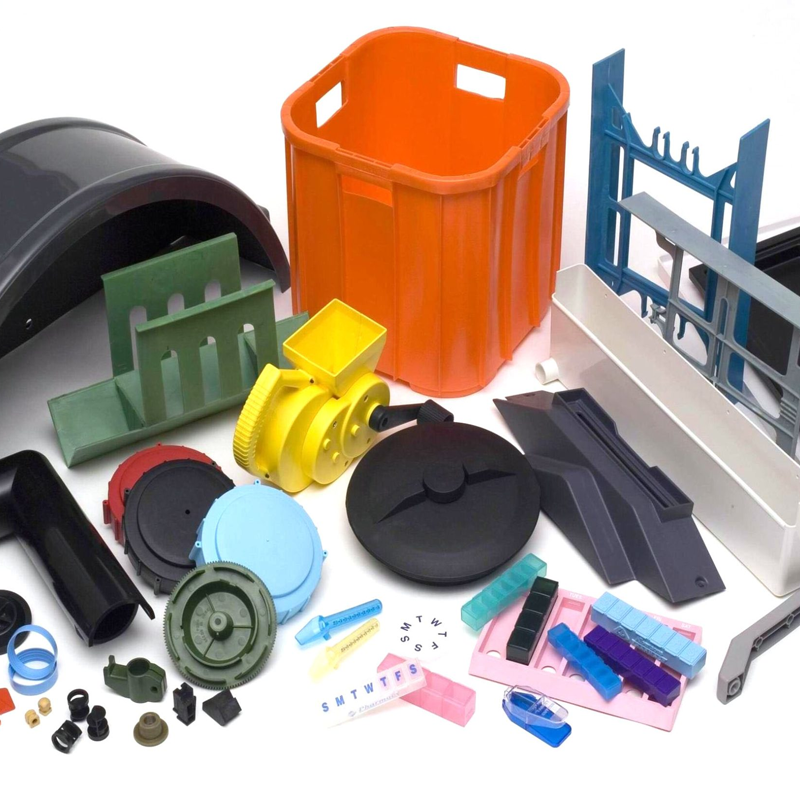
Types of Plastic Molding
Let’s take a closer look at the various types of plastic molding processes, their advantages, and the types of materials they can handle.
1. Injection Molding
Injection molding is one of the most widely used plastic molding processes. It involves injecting molten plastic into a mold under high pressure, where it cools and solidifies into the desired shape. The process is ideal for high-volume production of complex, detailed parts with precise dimensions.
Key Features:
- Excellent detail resolution and the ability to create fine features or textures.
- Fast cycle times, making it suitable for high-volume production.
- The process is highly efficient for producing parts with complex geometries.
Common Materials:
Thermoplastics such as ABS, polycarbonate, nylon, and polypropylene are commonly used. Additives such as colorants or glass fibers can also be incorporated for added strength and appearance.
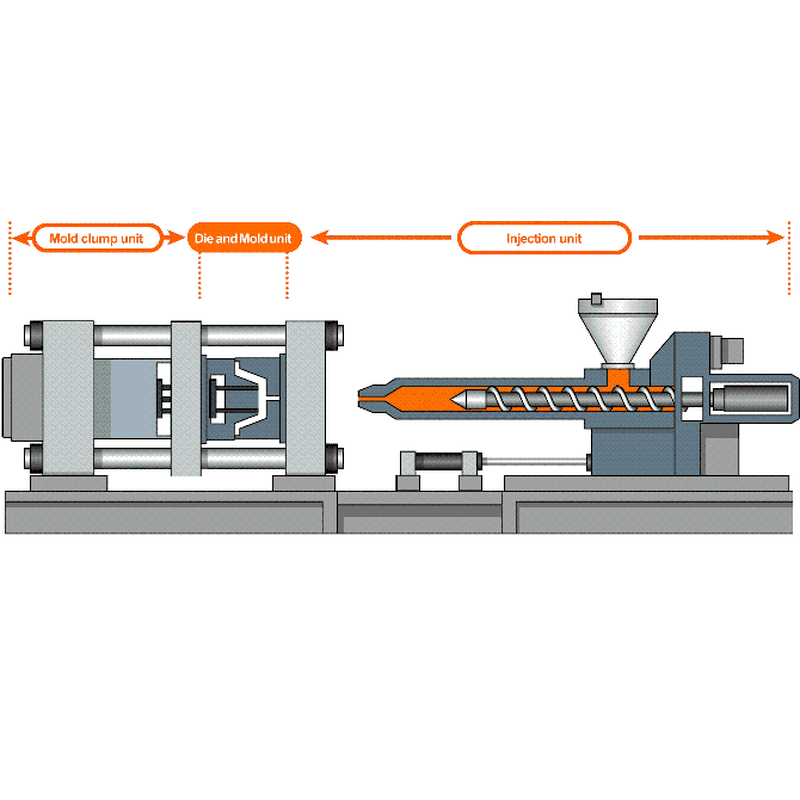
2. Insert Molding
Insert molding is a specialized form of injection molding where pre-formed components (inserts) are placed into the mold before the plastic is injected. These inserts are often made of metal or other materials that require encapsulation.
Materials & Inserts:
Standard thermoplastics are used for insert molding, and the inserts must be able to withstand the injection molding process, including high temperatures and pressure.
Applications:
Insert molding is ideal for producing parts that need a combination of plastic and metal, such as electrical connectors, plastic knobs with metal threads, and medical devices with embedded electronic components.
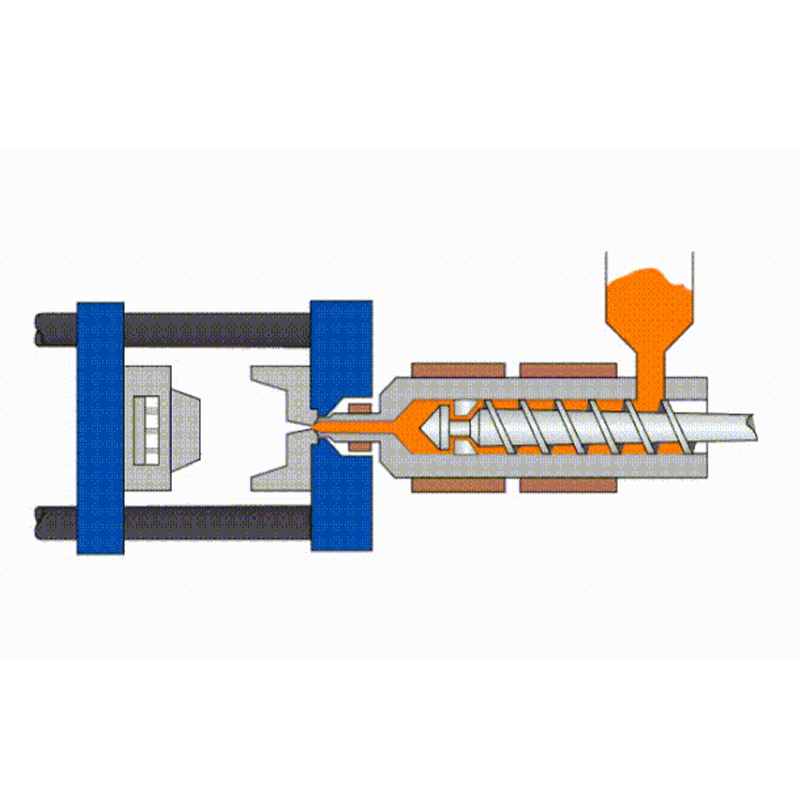
3. Overmolding
Overmolding is another variation of injection molding where a part is molded in two stages. First, a base material is molded, then a second material is molded over the base. This process allows the creation of multi-material parts with distinct properties.
Materials:
Typically, a rigid thermoplastic is used for the base, and a soft elastomer or thermoplastic elastomer (TPE) is used for the overmold.
Applications:
Overmolding is commonly used for soft-touch applications like toothbrush handles, medical grips, and consumer electronics.
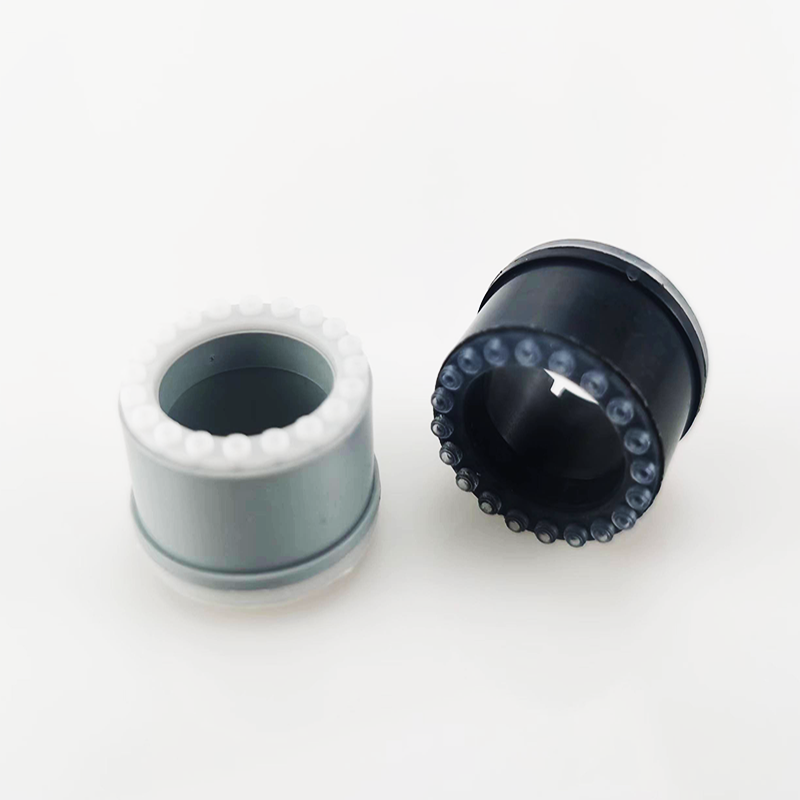
4. Multi-Shot Injection Molding
Multi-shot injection molding, also known as two-shot molding, allows multiple materials or colors to be injected into the mold in one cycle. This method is ideal for creating parts that require different material properties within a single component.
Key Features:
It eliminates the need for secondary assembly, reduces the risk of failure, and provides strong inter-material bonding. It also allows the creation of complex products with varying textures, colors, or functional zones.
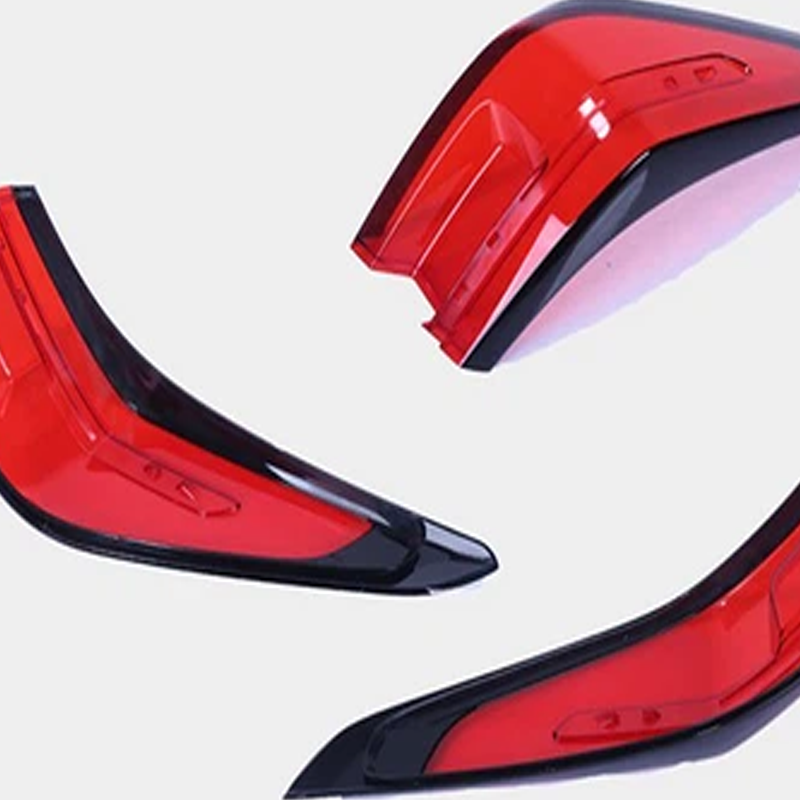
5. Gas-Assisted Injection Molding
In gas-assisted injection molding, high-pressure gas (such as nitrogen) is introduced into the mold during the injection process. This helps hollow out thick parts, reducing material usage and cooling time.
Materials:
Common thermoplastics like ABS, polypropylene, and polycarbonate can be gas-assisted molded.
Applications:
This process is ideal for thick-walled parts such as handles, furniture components, or appliance parts where weight reduction is essential without compromising strength.
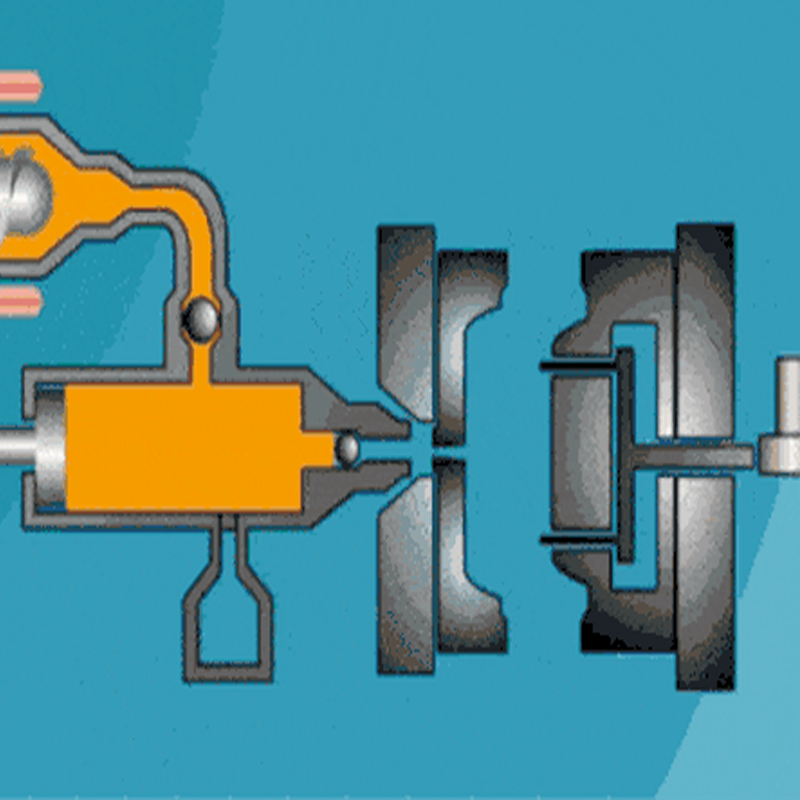
6. Reaction Injection Molding (RIM)
In reaction injection molding, two or more liquid chemicals are mixed and injected into a mold, where they chemically react and cure into a solid. This process is often used for large, lightweight parts.
Applications:
RIM is commonly used for automotive components like bumper covers and body panels. It is also used in industrial equipment enclosures and other large, durable parts.
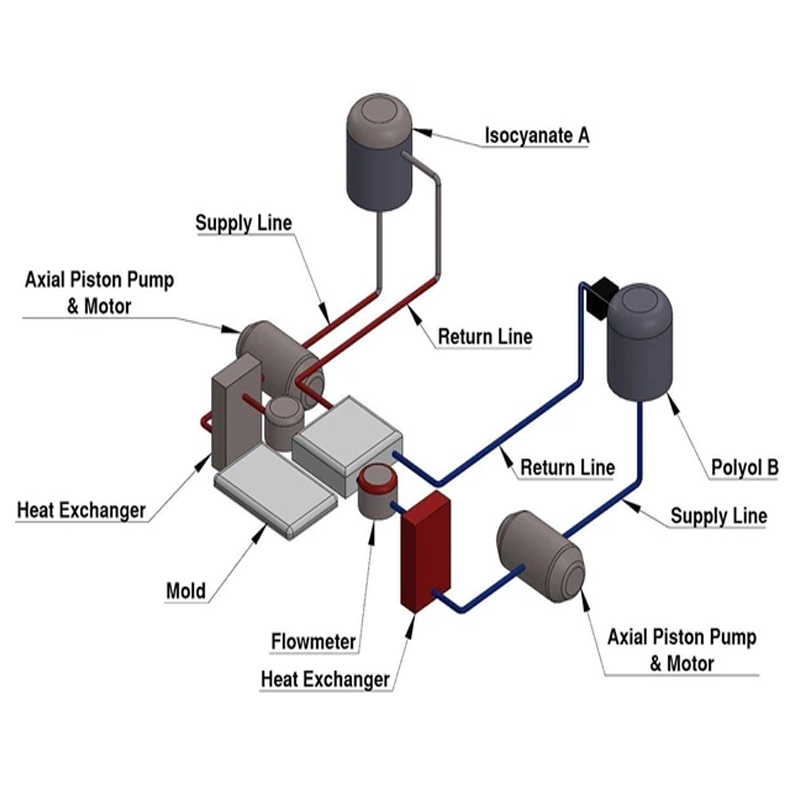
7. Blow Molding
Blow molding is primarily used to create hollow objects. A parison (a hot plastic tube) is inflated with air to conform to the shape of the mold. This process is used for creating bottles, containers, and other hollow items.
Materials:
Common materials include polyethylene, polypropylene, and PVC.
Applications:
Ideal for packaging, bottles, and plastic containers for food and beverage industries.
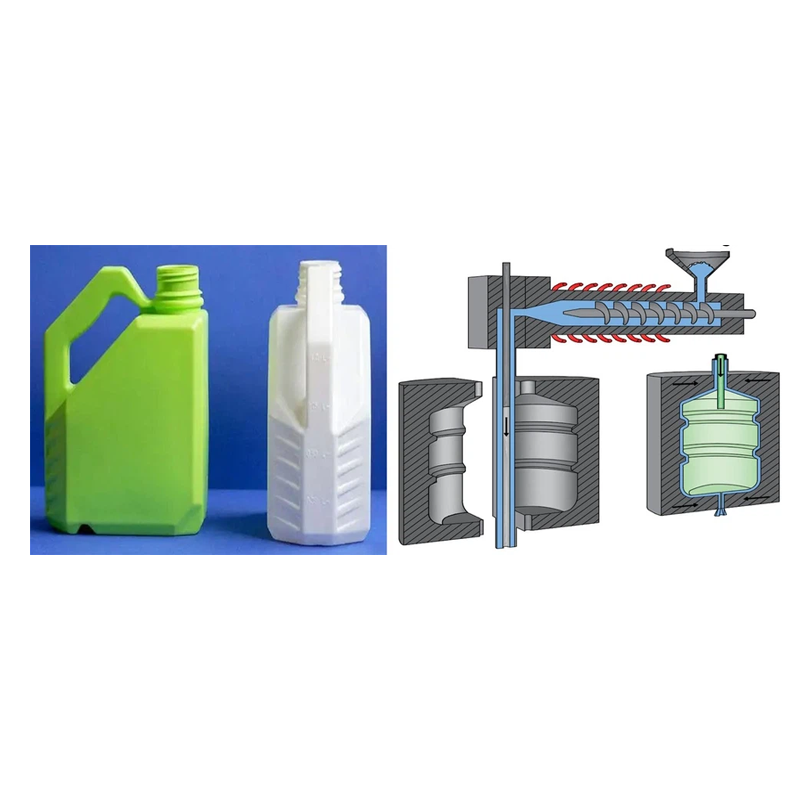
8. Thermoforming
Thermoforming involves heating a flat plastic sheet until it becomes soft, then forming it over a mold using vacuum or pressure. The material is then cooled and solidified into the desired shape.
Applications:
Used for panels, trays, containers, and clear packaging.
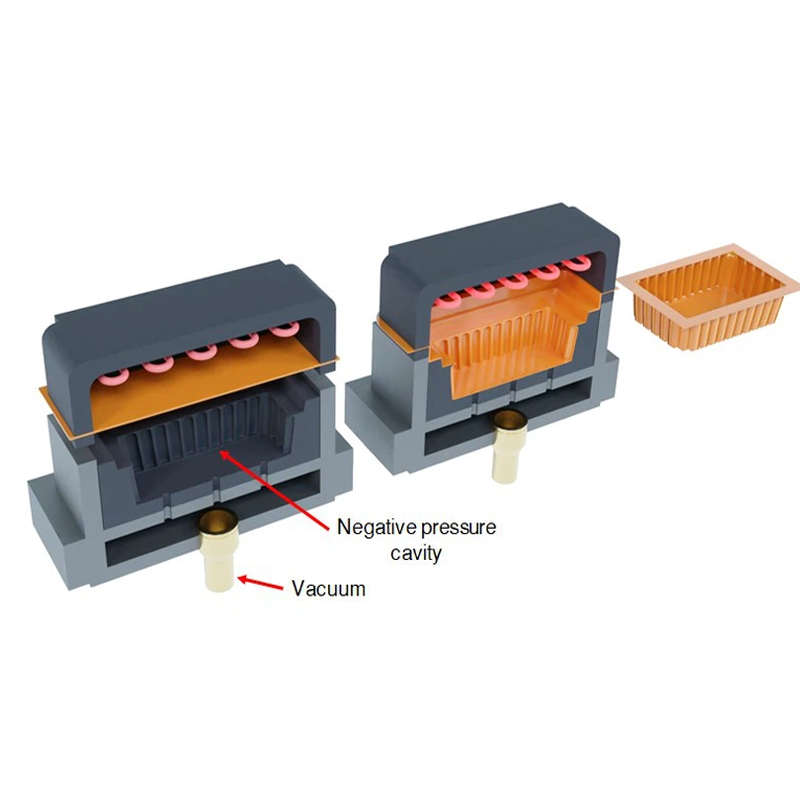
9. Compression Molding
Compression molding is a process primarily used for thermosetting plastics. A measured amount of material is placed into an open, heated mold, where pressure is applied, causing the material to flow and cure into the mold shape.
Applications:
Commonly used for automotive components, brake pads, and rubber items.
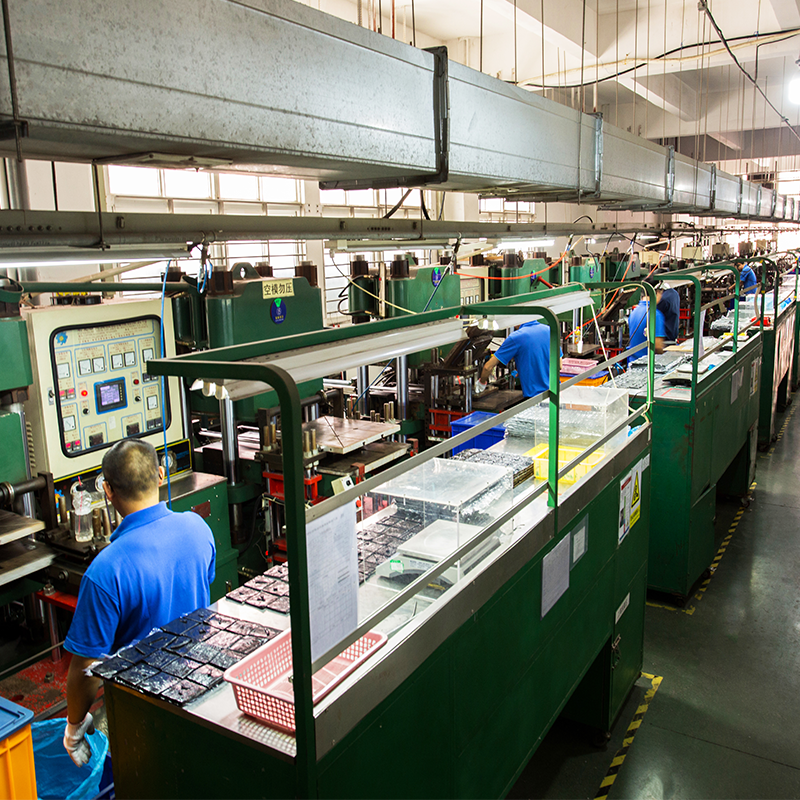
Choosing the Right Plastic Molding Process
With so many molding options available, choosing the right one for your project depends on various factors, such as material type, part geometry, production volume, and required precision. Here are some considerations when selecting a molding process:
- Material Compatibility
Each molding method works best with specific types of plastic. Thermoplastics (e.g., ABS, polycarbonate) are suitable for injection molding, while thermosets (e.g., epoxy, phenolic) are ideal for compression molding. - Part Geometry & Complexity
For intricate or hollow parts, injection molding, blow molding, and RIM are great options. If you need parts with soft-touch surfaces or multi-material combinations, consider overmolding or multi-shot injection molding. - Production Volume
For high-volume production, injection molding and extrusion are typically the most cost-effective. For low-volume or prototype runs, 3D printing or vacuum forming may be more suitable. - Precision & Tolerances
Injection molding is best for parts that require high precision and tight tolerances. For less precise parts or low-cost applications, consider compression molding or thermoforming.
How YJCPolymer Can Help
At YJCPolymer, we specialize in providing custom services tailored to your unique manufacturing needs. With over 20 years of experience in plastic molding, our one-stop service offers comprehensive solutions, from design to production. Whether you’re looking for high-volume injection molding, overmolding, or blow molding, we have the expertise and equipment to ensure the success of your project.
Our facility is equipped with advanced technologies, including CNC machining, mirror EDM, and injection molding systems, ensuring that every part meets the highest standards of quality. As a leading supplier and manufacturer, we are committed to providing cost-effective solutions that help bring your designs to life with precision and efficiency.
Ready to take your project to the next level? Contact YJCPolymer today to discuss your plastic molding needs, and let us help you create high-quality, reliable parts with a fast turnaround time. Whether you’re developing a new product or scaling production, we’re here to help you succeed.